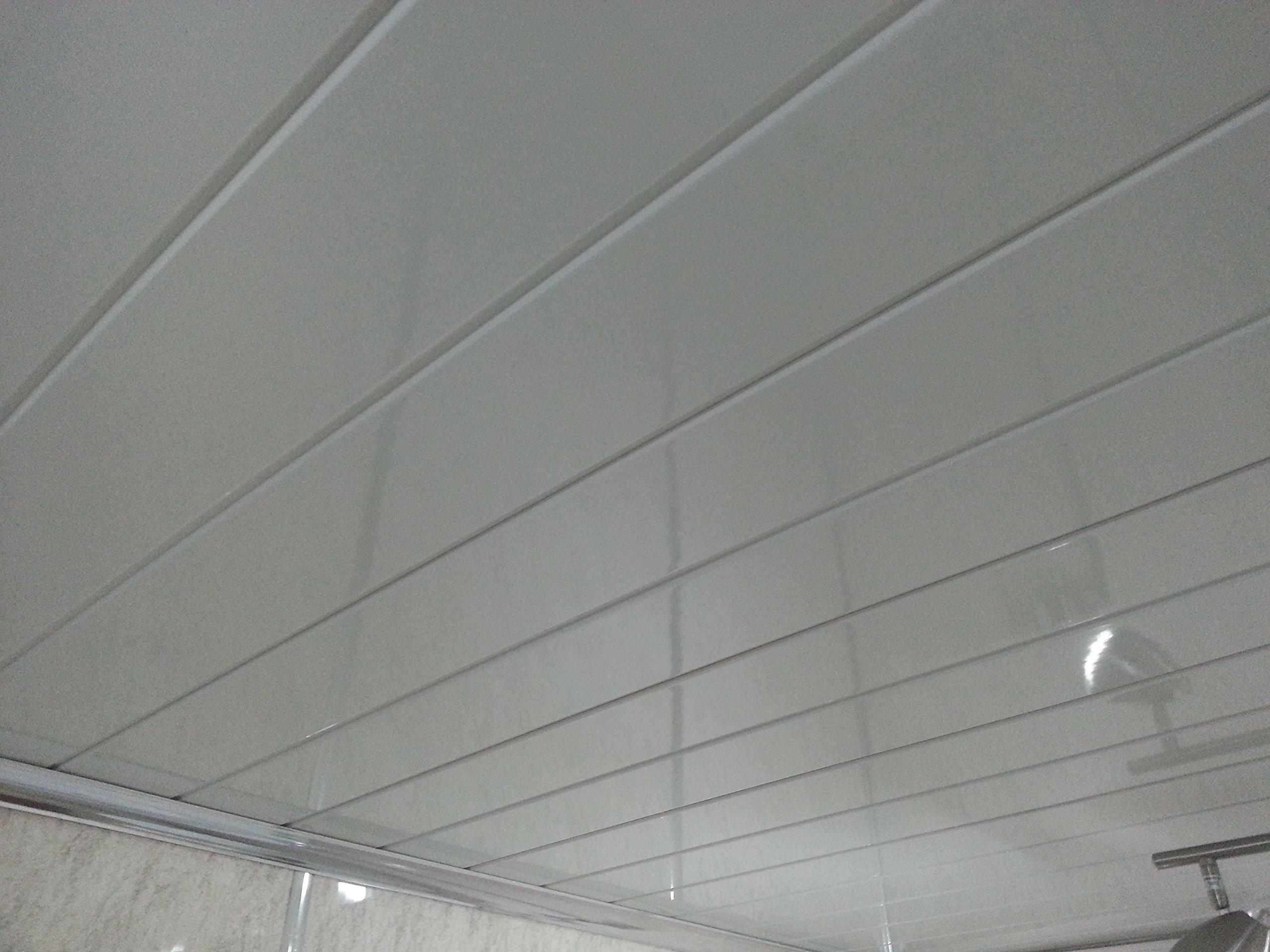When it comes to protecting your home from water damage, waterproof sealants play a crucial role. Whether you're sealing a roof, a basement, or even outdoor structures, the longevity of these sealants is a common concern for homeowners and contractors alike. In this article, we will delve into the factors that influence the lifespan of waterproof sealants, the types available, and best practices for maintenance to ensure optimal performance.
Understanding Waterproof Sealants
Waterproof sealants are specialized compounds designed to create a barrier against moisture. They are commonly used in construction and home improvement projects to prevent water infiltration, which can lead to mold growth, structural damage, and costly repairs. Sealants come in various forms, including silicone, polyurethane, and acrylic, each with unique properties and applications.
Factors Influencing Longevity
- Type of Sealant: The composition of the sealant significantly impacts its durability. For instance, silicone sealants are known for their flexibility and resistance to UV rays, making them ideal for outdoor applications. Polyurethane sealants, on the other hand, offer excellent adhesion and are often used in high-stress areas. Acrylic sealants are more suitable for interior applications but may not withstand extreme weather conditions.
- Environmental Conditions: The longevity of waterproof sealants is also affected by environmental factors such as temperature, humidity, and exposure to sunlight. Sealants exposed to harsh weather conditions may degrade faster than those in more temperate climates. For example, extreme heat can cause sealants to harden and crack, while excessive moisture can lead to mold growth and adhesion failure.
- Surface Preparation: Proper surface preparation is critical for the longevity of any sealant. Surfaces must be clean, dry, and free of contaminants to ensure optimal adhesion. Failure to prepare the surface adequately can result in premature sealant failure, regardless of the product's quality.
- Application Method: The way a sealant is applied can also influence its lifespan. Following the manufacturer's instructions regarding application thickness, curing time, and environmental conditions is essential. Over-application can lead to sagging and uneven curing, while under-application may not provide adequate coverage.
Average Lifespan of Waterproof Sealants
While the lifespan of waterproof sealants can vary widely based on the factors mentioned above, here are some general guidelines:
- Silicone Sealants: Typically last between 10 to 20 years, depending on exposure to UV light and environmental conditions.
- Polyurethane Sealants: Known for their durability, they can last anywhere from 15 to 30 years, making them suitable for high-stress applications.
- Acrylic Sealants: Generally have a shorter lifespan, ranging from 5 to 10 years, and are best used in less demanding environments.
Maintenance Tips for Prolonging Sealant Life
To maximize the lifespan of your waterproof sealants, consider the following maintenance tips:
- Regular Inspections: Periodically check sealants for signs of wear, such as cracking, peeling, or discoloration. Early detection of issues can prevent more significant problems down the line.
- Clean the Area: Keep the sealed areas clean and free of debris. Accumulated dirt and moisture can compromise the sealant's effectiveness.
- Reapply as Necessary: Depending on the type of sealant and environmental conditions, you may need to reapply sealants every few years. Pay attention to the manufacturer's recommendations for reapplication.
- Choose Quality Products: Invest in high-quality waterproof sealants from reputable manufacturers. While they may cost more upfront, their durability can save you money in the long run by reducing the need for frequent repairs.
Conclusion
Understanding how long waterproof sealants last is essential for effective home maintenance and protection against water damage. By considering the type of sealant, environmental conditions, surface preparation, and application methods, homeowners can significantly extend the lifespan of their sealants. Regular maintenance and timely reapplication will ensure that your waterproofing efforts remain effective, safeguarding your property for years to come.


